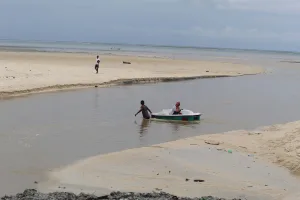
By Kemunto Ogutu and Steve Mokaya
Over the years, Mtopanga, the only river on Mombasa Island, had become a dumping site for all manner of waste. It was an illness that flooded homes, drove out tourists, caused recurring outbreaks of waterborne diseases and left the Jomo Kenyatta (Pirates) Beach in a sorry state.
This bleak scenario spurred Peter Mchombo and his fellow islanders to establish the Mtopanga River Conservation Community Based Organization (CBO), embarking on a crusade to resuscitate their riverine lifeline.
The members started their efforts by conducting regular river clean-up, where they would fish out plastic and other garbage from the river before it reached the ocean. However, with time, their efforts proved futile as residents would continue to pollute the river from upstream.
Turning plastic waste to valuables
To make their efforts sustainable, Mchombo and his team decided to turn waste into value through innovative commodities such as flower planters, vases, and dustbins from plastic bottles. Their creations were not only aesthetically pleasing but also served a practical purpose, providing much-needed income for the CBO and fueling their ongoing conservation. “The vases that we create have become a source of income that fuels our work,” he said.
Mchombo says that the community has since committed to collecting plastics and selling them to recycling companies or to the CBO for their plastics projects. Mchombo believes their efforts have seen a marked decrease in the volume of plastic that drains into the ocean at the Pirates Beach.
Charles Vuko, the head of the CBO’s ecotourism unit, noted that despite the 2017 ban on plastic bags, many horticulturalists in Mombasa still use the bags to plant their seedlings. The CBO discourages this practice, advocating the use of coconut husks in place of polythene bags. The husk is biodegradable and eventually becomes manure for the growing seedling.
“We also ensure the sensitization of our community beginning with our own families. We have taught our children that plastic can be recycled. That they should not litter the environment with waste, rather, they should find ways to reuse or recycle the plastic,” he said.
Vuko believes that teaching children from a young age to respect and conserve rivers and water catchment areas is the key to conservation.
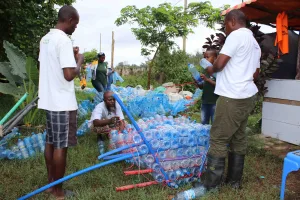
This 50-member CBO has also revolutionized conservation by crafting durable and low-maintenance boats from recycled plastic bottles. These vessels, led by skilled builder Suleiman Said, boast superior longevity compared to traditional wooden boats, requiring minimal upkeep. This not only empowers the CBO’s conservation efforts but also serves as a powerful symbol within the Mombasa community, raising awareness and inspiring sustainable practices.
Beyond its environmental impact, the plastic boats have also become a tourist attraction for the organisation. Mirriam Ndune, Suleiman’s assistant, emphasized this benefit as an awareness tool, while Mchombo noted that the plastic boats have directly contributed to the preservation of mangrove forests, leading more fishermen to opt for this sustainable solution over traditional wood-based vessels.
Concerted efforts
The CBO is not the only organization fighting for the river’s restoration. Three years ago, Coastal and Marine Resource Development (COMRED) played a pivotal role in the establishment of the Mombasa Smart Sustainable City Forum under the Miji Bora project. This initiative paved the way for the formation of five technical working groups, including the Transformative River Management. Spearheaded by COMRED, this group has dedicated its efforts to restoring the Mtopanga River, a project that will not only revitalize the river itself but also safeguard the delicate ecosystem of the Mombasa Marine Park.
Dr. Innocent Wanyonyi, COMRED’s director for Sustainable Cities Program the river is vital to Mombasa’s economic vitality, thus the organization’s commitment to safeguarding its health and integrity.
However, Wanyonyi said research by COMRED revealed that 65 per cent of waste in River Mtopanga is plastic. The waste, he noted, should be continually, effectively and sustainably combated, lest it jeopardizes biodiversity in the Mombasa Marine Park, which is barely 5 km away from Pirates beach. The marine park’s coral gardens, sea grass and vast array of species are a major tourist attraction in Mombasa.
He said that the hotel industry along the beach depends directly and indirectly on the river, therefore it should be jealously guarded.
“There are about eleven tourist hotels along the pirates beach stretch, which is also close to the marine park. During the high season, the occupational capacity is well above 70. Naturally, if we disrupt the main attractions by allowing the Mtopanga river to be dirty, then we are going to lose tourists to our neighbouring countries,”he said.

Wanyonyi recommended multi-stakeholder action as the lasting solution to the recurring pollution problem in River Mtopanga, pointing out that all the current conservation interventions are segmented. He called for the synchronisation of all efforts in the restoration of Mtopanga for greater impact.
Kenya Wildlife Service (KWS) are part of themultiple stakeholders in Mombasa to restore Mtopanga. Beatrice Jerop, a supervisor at KWS says they also keep track of the quality of water draining into the marine park to ensure the biodiversity is not affected.
In the face of all the challenges, Jerop lauds the work done by CBOs in Kisauni, saying that KWS has witnessed an increase in aquatic life and improved aesthetics in the river since the conservation efforts began.
“Although previously viewed as a dead river by Kisauni residents, Mtopanga is gradually reclaiming its life and improving tourism in Kisauni Sub-county.”
Plastic Interceptors
Two-hundred meters from Pirates Beach is another popular tourist attraction; The Bamburi Forest Trails, in the canopy of Haller Park. In its course, River Mtopanga stretches 700 meters along the park’s premises.
Rose Sali, The Chief Operating Officer at the park revealed that Bamburi Cement PLC conducts quarterly clean-up programs to restore the river. This year, they collected 1.8 tonnes of litter, with 47 per cent of it being plastic. She noted that intercepting waste higher upstream makes it easier to curb plastic pollution in the ocean.
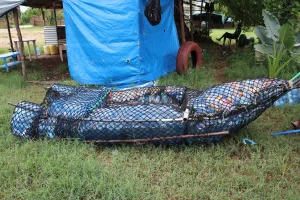
Paul Opere, the company’s Rehabilitation and Aquatic Resources Officer, said they set up strategic wire mesh interceptors where the river passes by their ecosystem to trap the solid waste.
The interceptors, traps the bulk of solid wastes, collect the plastic waste at a central point as the water flows downstream. Opere also noted that some trees along the river have strong roots which act as intercepts of plastic waste.
While the path to restoration hasn’t been without its challenges, Mchombo and his team remain undeterred in their mission to revitalize the Mtopanga River. Their tireless efforts, however, are hampered by the delay in gazetting the river as a protected wetland.
“Gazettement would be a game-changer,” Mchombo emphasizes. “It would put the Mtopanga on the map, literally and figuratively. People would finally know it exists, and that would be a vital step towards garnering wider support for its conservation.”
He envisions a future where tourists flock to the protected river-cum-wetland, drawn by its unique beauty and ecological importance.
This story was produced with support from JRS Biodiversity Foundation and MESHA.

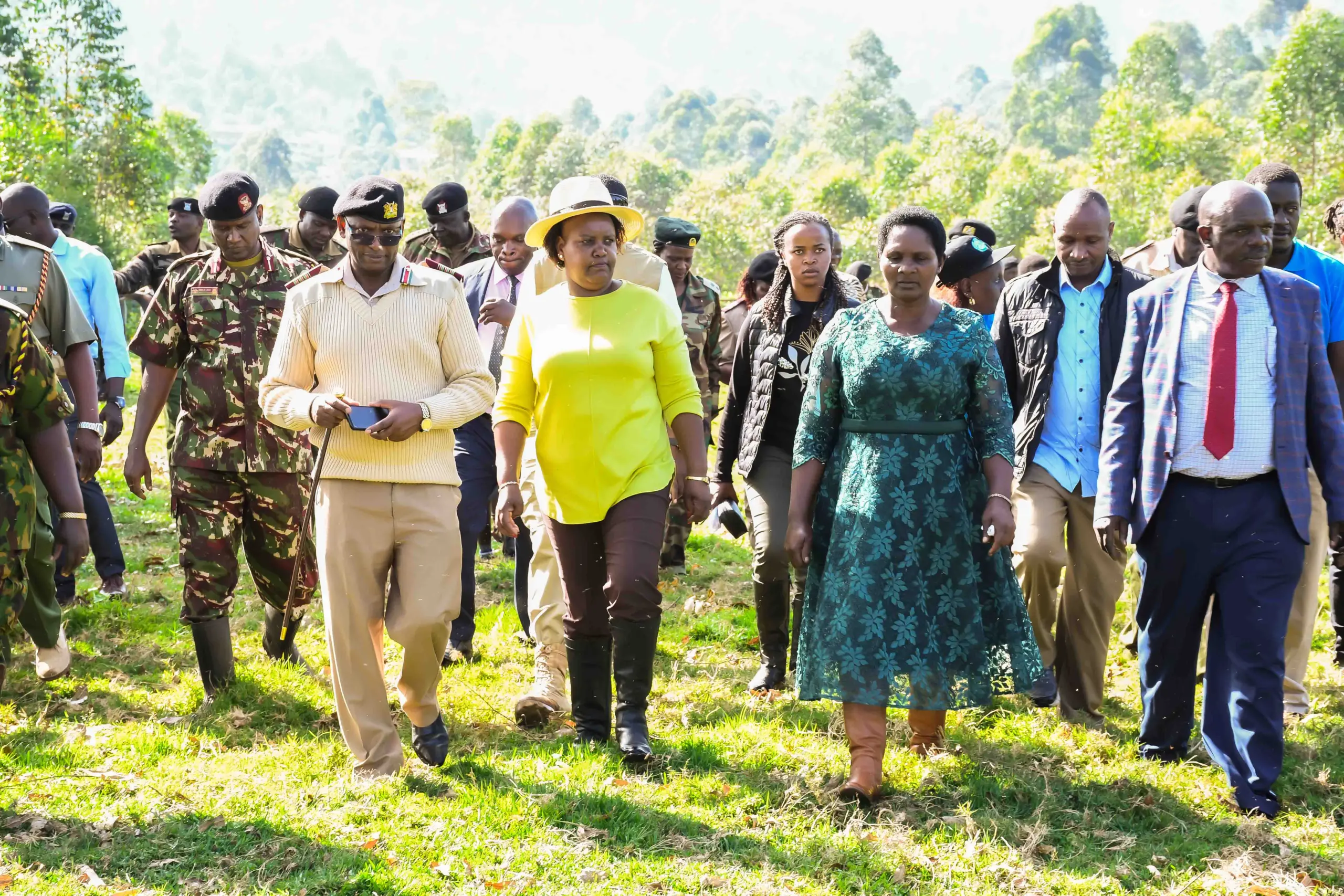
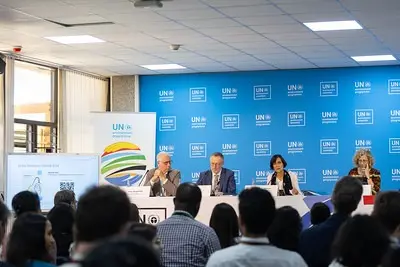
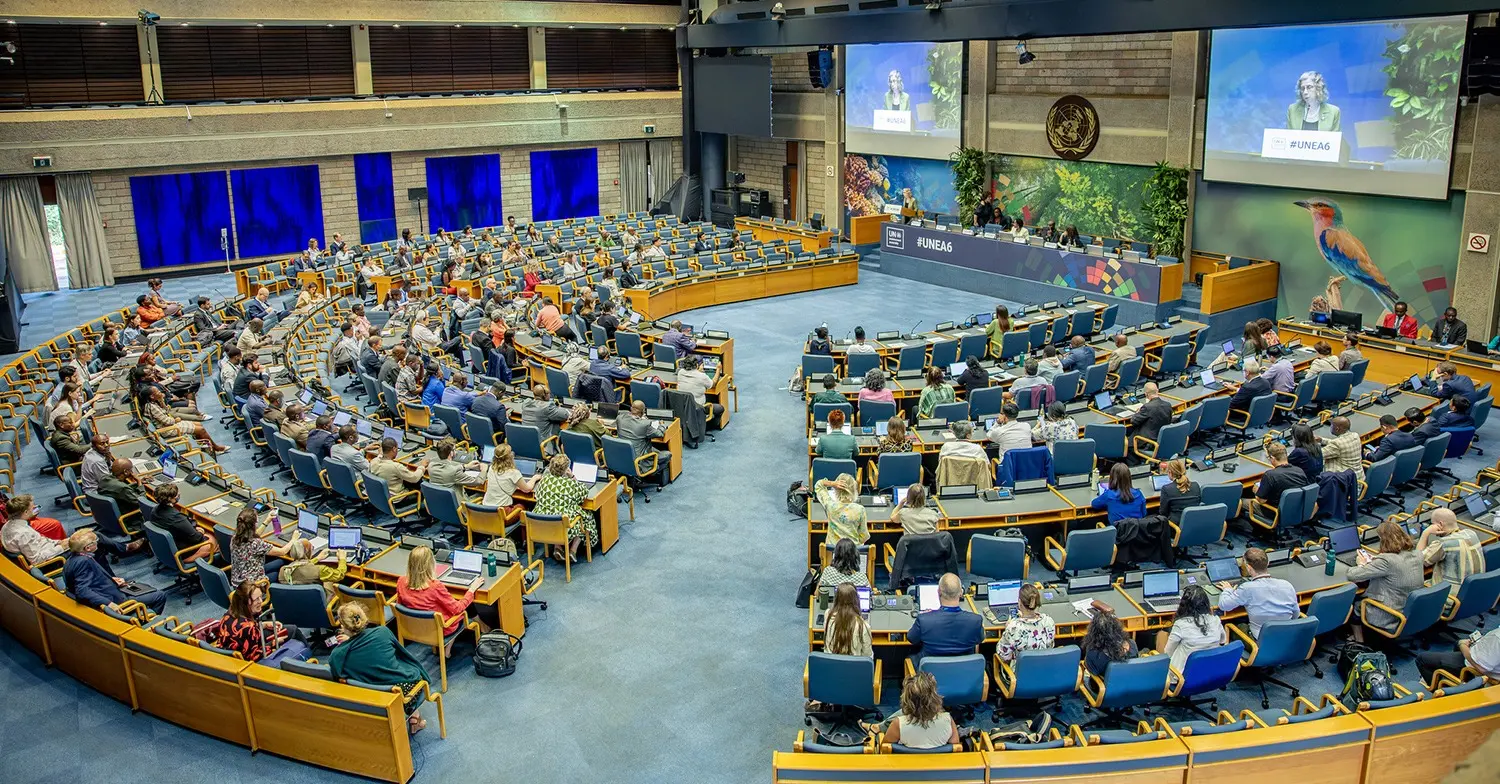
Its a good way to save our planet